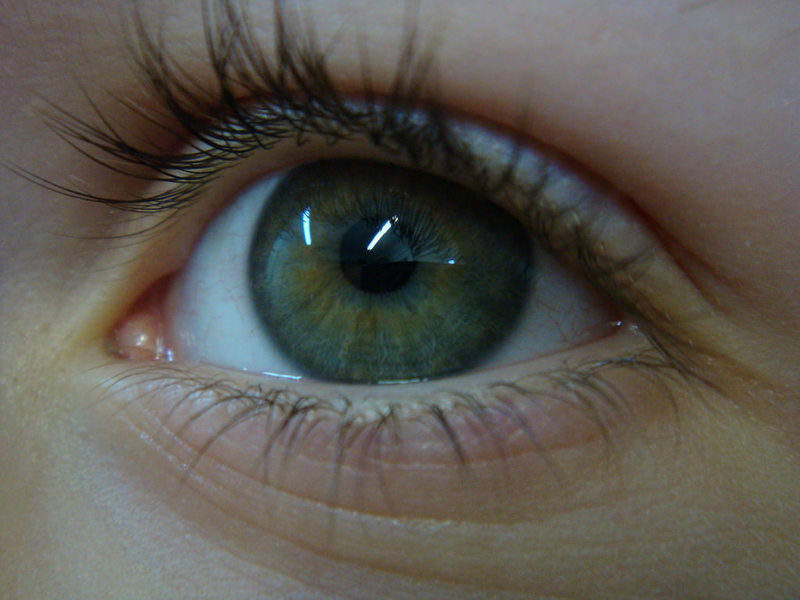
Researchers at the University of Texas at Austin and Seoul National University have developed and assessed an ultra-thin artificial retina that could potentially restore sight loss in patients with retinal diseases.
Said to be the first of its kind, the flexible device is based on 2D materials and is expected to improve existing implantable visualisation technology.

Discover B2B Marketing That Performs
Combine business intelligence and editorial excellence to reach engaged professionals across 36 leading media platforms.
The researchers believe that certain modifications to the artificial retina could allow it to monitor heart and brain activity. This can be achieved by implanting the device in required body parts.
This research will be presented at the 256th National Meeting & Exposition of the American Chemical Society (ACS).
University of Texas associate professor Nanshu Lu said: “This is the first demonstration that you can use few-layer graphene and molybdenum disulfide to successfully fabricate an artificial retina.
“Although this research is still in its infancy, it is a very exciting starting point for the use of these materials to restore vision.”

US Tariffs are shifting - will you react or anticipate?
Don’t let policy changes catch you off guard. Stay proactive with real-time data and expert analysis.
By GlobalDataThe researchers used 2D materials such as graphene and molybdenum disulfide along with thin layers of gold, alumina and silicon nitrate to develop a sensor array that is flexible, of high-density and curved.
This artificial retina can conform to the size and shape of a natural retina and is said to not cause any mechanical disturbance.
While existing silicon-based retinal implants can successfully restore a modicum of vision, the images are often blurry or distorted which can lead to long-term strain or damage to surrounding tissue.
In laboratory and animal studies, a prototype of the new artificial retina is reported to have demonstrated biocompatibility and was able to mimic the structural human eye features.
The researchers hope that the device may help in the development of next-generation soft bio-electronic retinal prostheses.
Lu and team are currently working to leverage this technology for mechanically and optically imperceptible electronic tattoos. These tattoos can be laminated on the skin surface to collect health information in real-time.
The team also intends to integrate transistors into these transparent e-tattoos to amplify brain or heart signals in order to facilitate easy monitoring and treatment.





